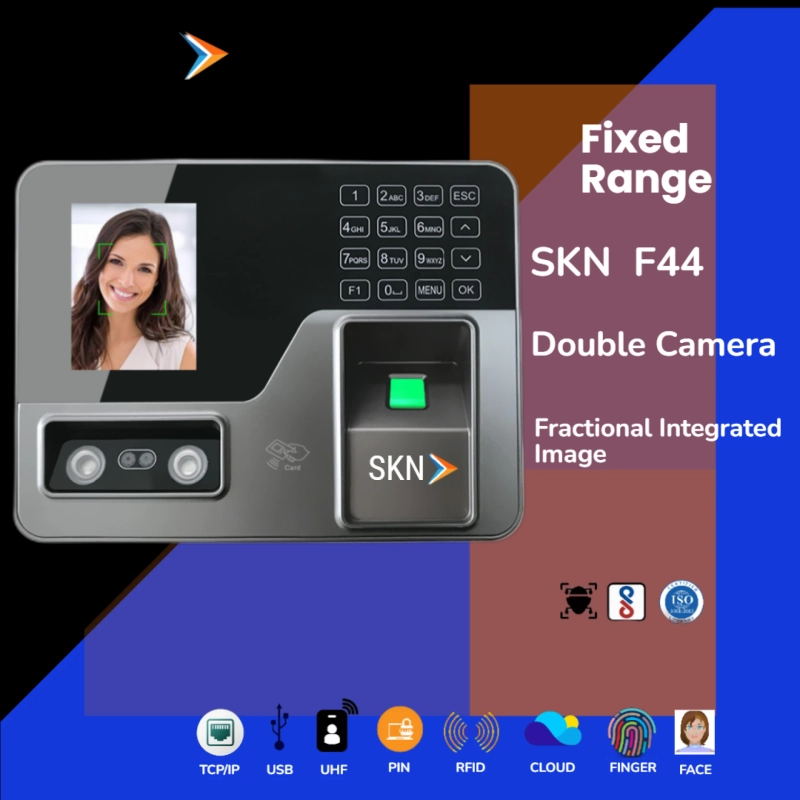Advanced biometrics refers to cutting-edge technologies and techniques used in the field of biometrics to identify and authenticate individuals based on unique biological characteristics. Biometrics, in general, involves the measurement and analysis of physical and behavioral attributes to recognize and verify individuals.
Some examples of advanced biometric technologies and methods include:
Facial Recognition: Advanced facial recognition systems use sophisticated algorithms to analyze facial features, such as the distance between eyes, nose shape, and facial landmarks, to identify individuals accurately.
Iris Recognition: This technology scans the unique patterns in the colored part of the eye (iris) to create a biometric template for identification purposes.
Fingerprint Recognition: Fingerprint biometrics analyze the distinctive patterns of ridges and furrows on a person's fingertip to establish identity.
Voice Recognition: Voice biometrics use vocal characteristics, such as pitch, tone, and cadence, to verify a person's identity.
Vein Recognition: Vein biometrics capture and analyze the vein patterns in a person's hand or finger, which are unique to each individual.
Palmprint Recognition: This technology identifies individuals based on the unique patterns of veins, lines, and creases on their palms.
DNA Biometrics: DNA-based biometrics use genetic information for identification, though this is still an emerging area and is more commonly used for forensic purposes.
Behavioral Biometrics: This category includes biometrics based on behavioral patterns, such as typing speed, gait analysis, and signature dynamics.
Heartbeat Recognition: Analyzing the unique pattern of a person's heartbeat for identification purposes.
Brainwave Biometrics: Analyzing brainwave patterns for authentication and identification.
Ear Recognition: Identifying individuals based on the unique shape and features of their ears.
Odor Recognition: Analyzing an individual's unique body odor for identification (still in early research stages).
Advanced biometric systems often use multi-modal biometrics, combining two or more of the above techniques to increase accuracy and security. These systems find applications in various fields, such as law enforcement, border control, access control, finance, and healthcare, to enhance security and streamline processes. However, it is important to consider privacy and ethical concerns while implementing these technologies, as they involve the collection and storage of sensitive biometric data.


